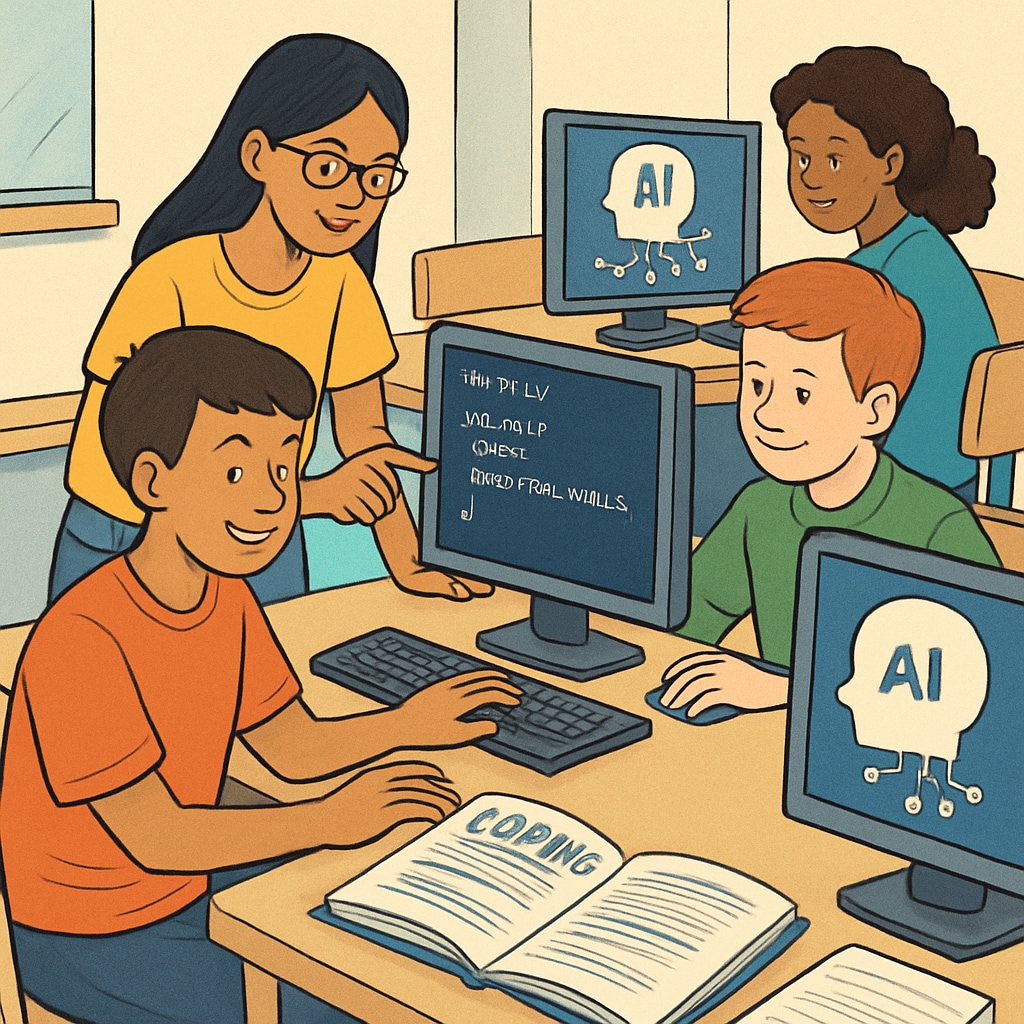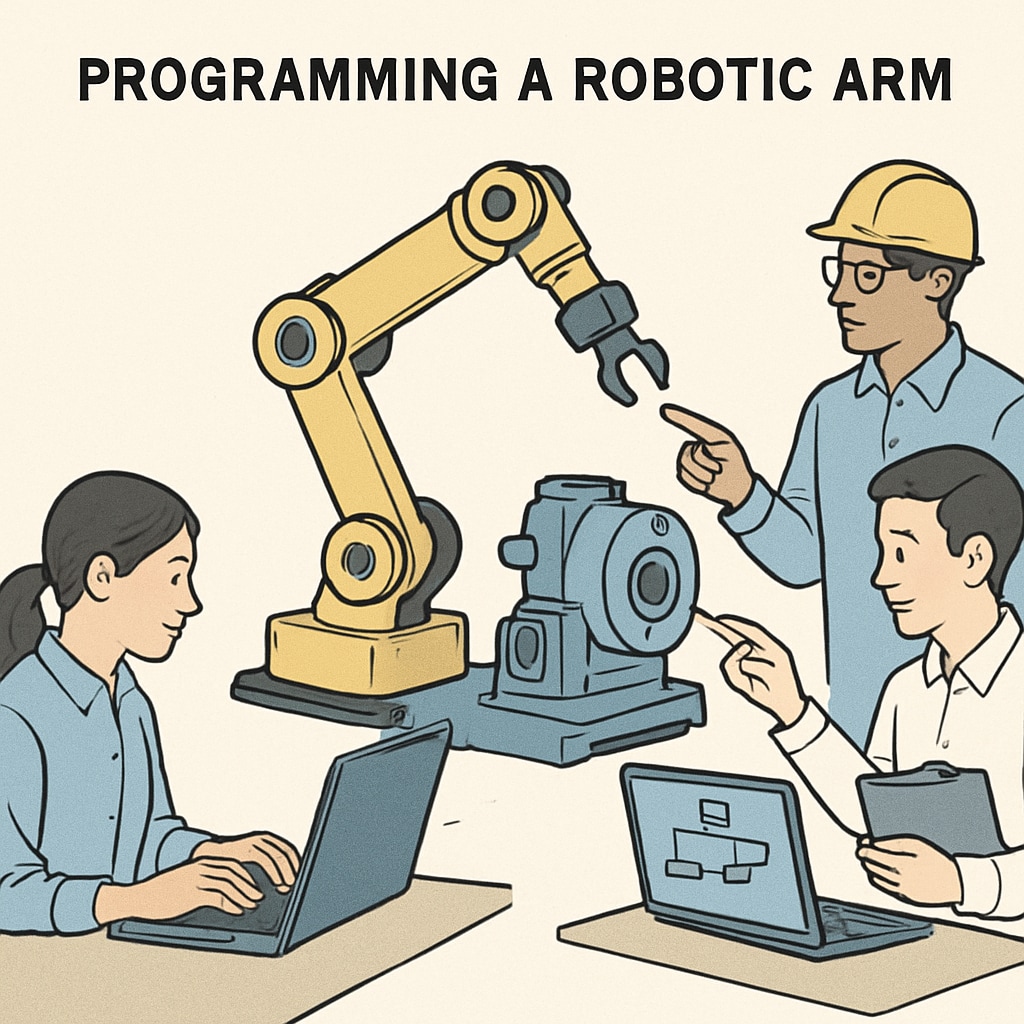The rapid development of artificial intelligence (AI) is reshaping industries and transforming the workforce. Among the most affected are careers in technology, leading many young individuals, particularly 8th-grade students, to grapple with choices between becoming programmers or engineers. This article delves into the future of these two professions and provides insights to aid youth in making informed decisions that align with their aspirations and the demands of the AI era.
Understanding the Roles: Programmers vs. Engineers
At first glance, programmers and engineers might seem interchangeable, but their roles differ significantly. Programmers primarily focus on writing, testing, and maintaining code for software applications. They specialize in programming languages such as Python, Java, or C++. Engineers, on the other hand, often work on broader systems, integrating hardware and software to create functional solutions. For example, software engineers oversee entire projects, while mechanical engineers design physical components that interact with digital systems.
The distinction becomes even more pronounced in the AI age. Programmers are essential for building AI algorithms, training models, and ensuring deployment. Engineers, however, are necessary to integrate these AI systems into real-world applications, such as robotics, autonomous vehicles, and infrastructure.

Growth Potential in the AI Era
Both careers are poised for growth, but their trajectories differ. The demand for programmers has surged as AI technologies become more sophisticated. From developing neural networks to creating machine learning models, programmers are at the heart of AI innovation. According to U.S. Bureau of Labor Statistics, software development jobs, including programming roles, are expected to grow by 22% from 2020 to 2030.
On the other hand, engineering fields are also evolving rapidly. For example, electrical engineers are designing circuits for AI chips, while civil engineers are leveraging AI to optimize urban planning. The rise of interdisciplinary fields, such as mechatronics and AI-driven robotics, has expanded opportunities for engineers. As noted by EngineeringUK, engineering professions remain pivotal for economic progress, with significant growth in AI-related sectors.
How to Choose the Right Path
Choosing between programming and engineering requires careful consideration of personal interests, strengths, and long-term goals. Here are some factors to help guide the decision:
- Interest in Coding: If you enjoy solving logic puzzles and working with languages like Python, a programming career might be ideal.
- Passion for Building: If you prefer hands-on projects and creating tangible systems, engineering could be a better fit.
- Adaptability: Both fields require lifelong learning. Stay curious and open to acquiring new skills as technology evolves.
- Education Pathways: Consider the educational requirements. Programming may require computer science degrees, while engineering demands specialized training in fields like mechanical or electrical engineering.

The Interplay Between Programming and Engineering
Interestingly, the line between programming and engineering is blurring. Many projects now require cross-disciplinary collaboration. For example, a robotics project might need programmers to develop AI algorithms and engineers to design the robot’s physical structure. This interconnectedness encourages students to consider acquiring skills from both domains, ensuring adaptability in their careers.
Additionally, emerging fields like AI ethics, data science, and human-computer interaction provide alternative career options for those interested in the intersection of programming and engineering. These areas leverage technical skills while addressing broader societal challenges, offering a meaningful way to contribute to the future.
Conclusion: Embracing the AI-Driven Future
The choice between becoming a programmer or an engineer is not an easy one, especially in the AI era. However, understanding the unique roles, growth potential, and opportunities for collaboration can help young individuals navigate this decision. Ultimately, the best choice aligns with their interests, strengths, and curiosity about the ever-evolving technological landscape. By embracing continuous learning and adaptability, today’s youth can thrive in the exciting careers of tomorrow.
Readability guidance: Use short paragraphs to enhance clarity. Incorporate lists to summarize points effectively. Maintain an active voice throughout the article to foster engagement.


